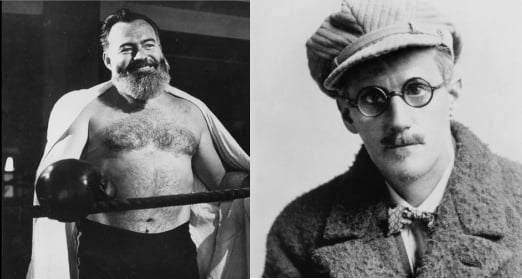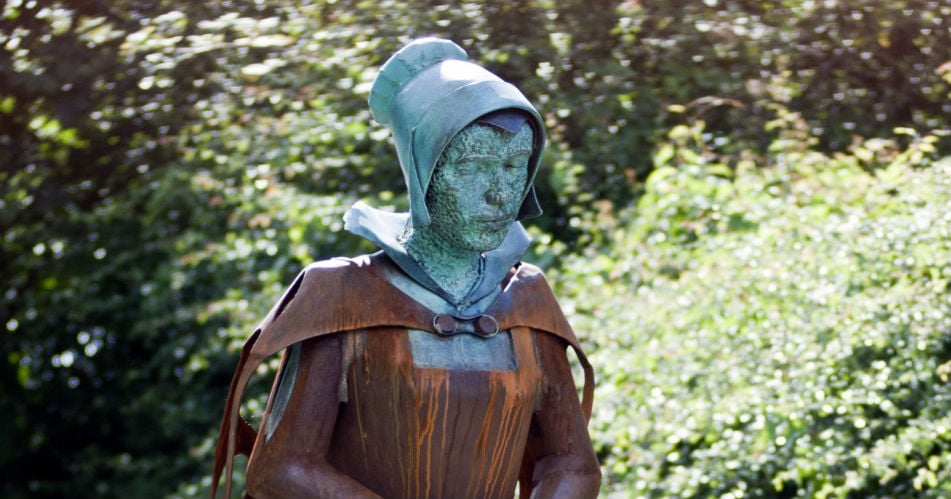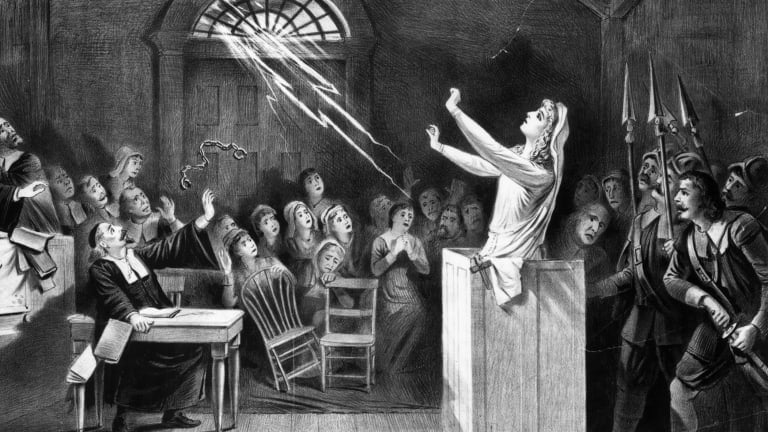The Aswang in Psychological Warfare: A Fascinating Intersection of Mythology and Military Tactics
The aswang, a creature deeply rooted in Filipino folklore, represents an intriguing blend of the supernatural and psychological warfare. This mythical entity, embodying various forms of evil such as vampires, ghouls, witches, and shape-shifters, has been a subject of fear and fascination in the Philippines for centuries. In the 1950s, during a turbulent period of […]









